The Sebastopol goose is a domestic goose breed, descended from the European graylag. It has been stated that the breed was developed in Central Europe along the Danube and the Black Sea.
It is also documented that the birds were originally met with in the Crimea and sent from the port of Sevastopol, Russia as the name suggests. And the breed arrived in England in 1860. The breed was found in all the countries surrounding the Black Sea by the 19th century.
The Sebastopol goose breed first exhibited in England under the name ‘Sebastopol goose‘, but they were also referred to as Danubian geese. The name ‘Danubian’ was first used for the breed in 1863 in Ireland.
The Sebastopol goose breed was recognized by The American Poultry Association in 1938. Read more information about the breed below.
Sebastopol Goose Characteristics
The Sebastopol goose is a medium sized breed with long, white curly feathers. It is easily identified by it’s distinctive feathers. Feathers of the neck are smooth and sometimes are grayish brown in color.
All-gray, buff and saddle back variants have also been produced through crosses. Feathers may be curly (frizzle) or smooth on the breast. Their eyes are usually bright blue and the legs and shanks are of orange color.
Their heads are large and rounded, and the plumage of the head and upper two-thirds of the neck is normal. Their curled feathers prevent flight, which make them easier to confine.
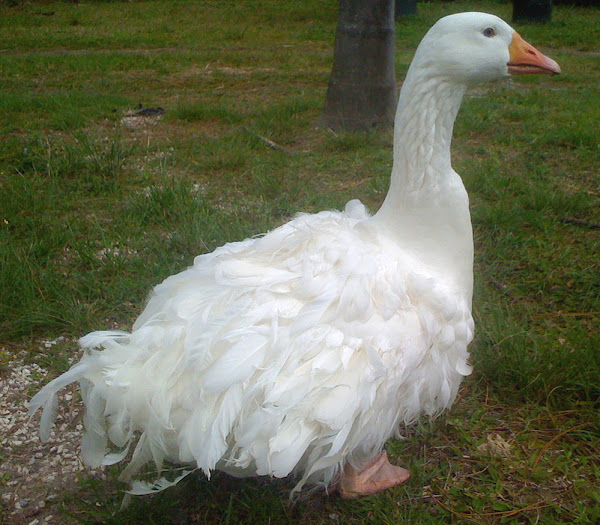
Average live body weight of the mature Sebastopol geese is between 4.5 and 6 kg. And average live body weight of the mature ganders vary from 5.7 to 7 kg. Photo and info from Wikipedia.
Uses
The Sebastopol goose breed is mainly used for showing or ornamental purposes. It is also used as an attractive unusual pets.
Special Notes
The Sebastopol goose is a very beautiful breed. The birds have a quiet and pleasant disposition and very good for using as a show bird and also good for raising as pets.
They require special care, because whenever a domestic animal or bird is selected for an unusual characteristics, it requires great care to insure that vigor and fertility of breeding stock is not overlooked.
Adequate supply of water is required for the Sebastopol goose for keeping them clean. These birds are very hardy and are being kept successfully in cold climates.
But it is a good idea to provide more protection during cold, wet and windy weather. The ganders are good and they can be mated with 1 to 4 geese. On an average the geese can produce about 25-35 eggs per year.
The breed is also very good for meat production. However, review full breed profile of the Sebastopol goose in the following chart.
| Breed Name | Sebastopol | |
| Other Name | Danubian | |
| Breed Purpose | Meat, ornamental | |
| Special Notes | Very beautiful, hardy, quiet and pleasant disposition, good show bird, good for raising as pets, can be kept successfully in cold climates, good for meat production, geese lay about 25-35 eggs per year | |
| Breed Class | Medium | |
| Ganders | 5.7-7 Kg | |
| Geese | 4.5-6 Kg | |
| Broodiness | Average | |
| Climate Tolerance | All climates | |
| Egg Color | White | |
| Egg Size | Large | |
| Egg Productivity | Around 25-35 eggs per year | |
| Flying Ability | Poor | |
| Varieties | Single | |
| Rarity | Threatened | |
| Country/Place of Origin | Eastern Europe |

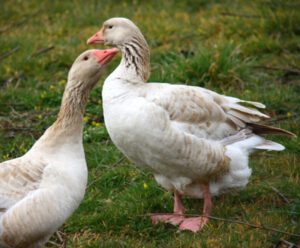

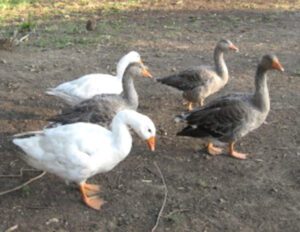
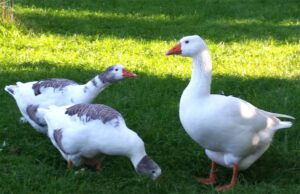

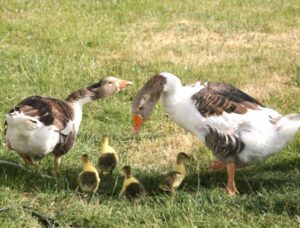
At what age to the Sebastopos start laying ?